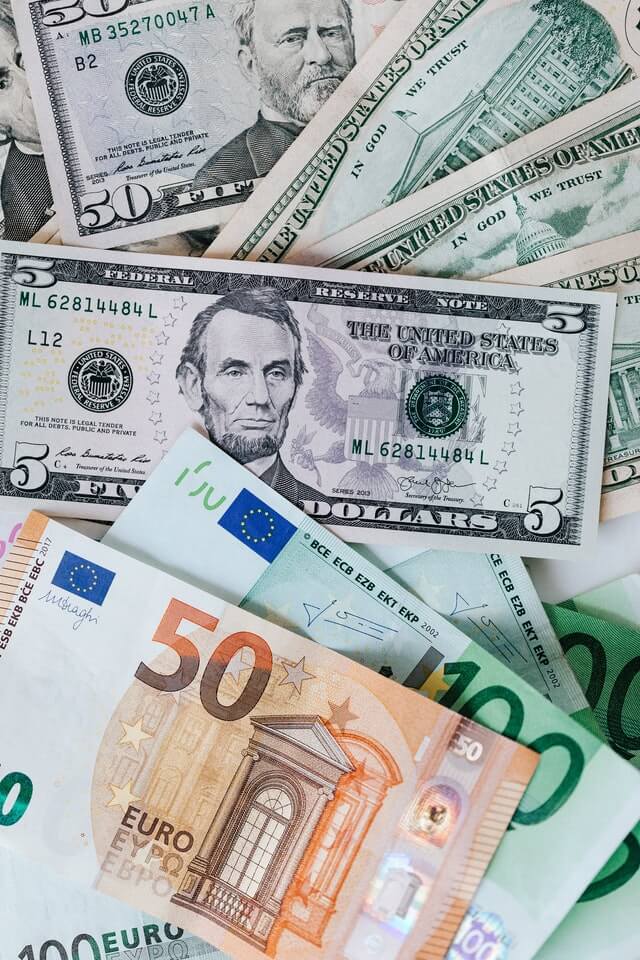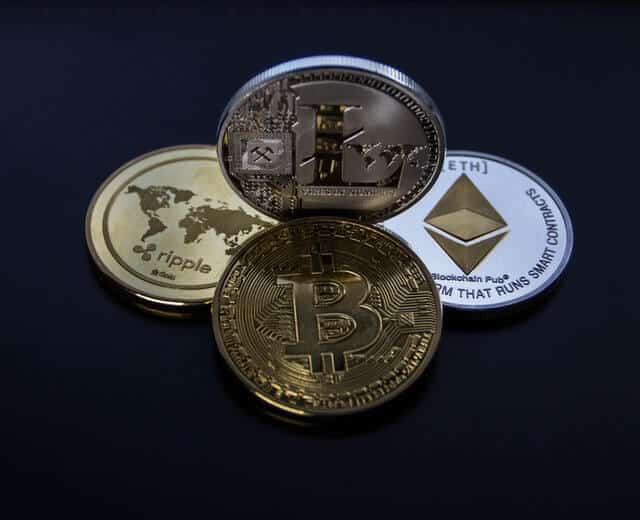As we already know, central banks around the world store foreign currencies, precious metals and even Bitcoin to protect the value of their local currencies. Usually, the larger the reserves of a country, the healthier its economy and the more prepared it would be to face a possible financial crisis.
But which are the countries with the largest forex reserves in the world? Is there a possibility to know which central banks store the largest amount of money? It is possible to know that and much more. In the next sections, we focus on the countries that hold the largest reserves and why they have them.
Disclaimer: the information shared by AltSignals and its writers should not be considered financial advice. This is for educational purposes only. We are not responsible for any investment decision you make after reading this post. Never invest more than what you are able to lose. Always contact your professional financial advisor.
Countries with the Largest Forex Reservers
This is the list of countries with the largest foreign exchange reserves:
- China — 3,373,016,000,000
- Japan — 1,409,309,000,000
- Switzerland — 1,087,774,000,000
- India — 637,477,000,000
- Russia — 611,900,000,000
- Taiwan — 544,900,000,000
- Hong Kong — 497,000,000,000
- South Korea — 464,000,000,000
- Saudi Arabia — 454,498,000,000
- Singapore — 418,146,000,000
Each country has its own reasons why it became one of the largest in terms of foreign exchange reserves. Smaller countries are usually holding fewer foreign reserves due to different reasons. It might be difficult for countries with constant crisis to hold large amounts of foreign exchange reserves.
As we can see the top 6 countries have more than $500 billion in reserves. Only three countries have more than $1 trillion (China, Japan and Switzerland). It is worth mentioning that these foreign exchange reserves are calculated based on their foreign currencies and also the reserves of precious metals (gold).

Understanding China’s Foreign Reserves
China has the largest foreign reserves in the world. No country has as many foreign reserves as China. It is worth mentioning that 66,66% of these reserves are composed of US Dollars (USD) and 20% are composed of Euros (EUR). Other currencies that China holds include the Japanese Yen (JPY) and also the British pound (GBP). However, almost 90% of the reserves are made up of Dollars and Euros.
The country was very close to reaching $4 trillion in foreign exchange reserves a few years ago. However, there were concerns that these reserves were too high for the Chinese economy. This is why they have decided to stabilize them close to $3 trillion but always above that level.
Japan’s Second Position
Japan has also a large number of foreign reserves. Before China, Japan was the country with the largest foreign reserves in the world. Their reserves started to strongly expand at the end of the ‘90s and reached a local top in 2010. Now they have stabilized close to the current levels without trying to surpass China.
Switzerland’s Foreign Exchange Reserves
Switzerland is a different case as it was one of the countries that continued to use the gold standard even when other countries moved to a fiat standard. Switzerland’s reserves heavily expanded since 2012 and continued growing until now.
It is worth mentioning that Switzerland’s high reserves are related to their high net trade surplus that other countries do not have. We also see that Switzerland reserves have been steadily growing over time (since 2012).
India’s Path to $600 Billion
As one of the largest countries in terms of population and economy, India is also among the largest in terms of foreign exchange reserves. Although its reserves have been growing since the year 2000, there have been bumps across the road compared to other countries.
Nowadays, India has reached $600 billion in reserves, a level that the central bank of the country should protect in case they would need them in the future.
Russia’s Large Foreign Exchange Reserves
The fifth country on our list is Russia. They have reached $600 billion for the second time in history after hitting that level in 2007. Russia’s foreign reserves have abruptly fallen just right after Crimea’s annexation. This could have been due to the sanctions imposed by Western countries on Russia’s economy.
Despite that, Russia’s foreign reserves continue to grow and have recently hit $600 billion, which shows their economy continues to move in a positive direction.




























